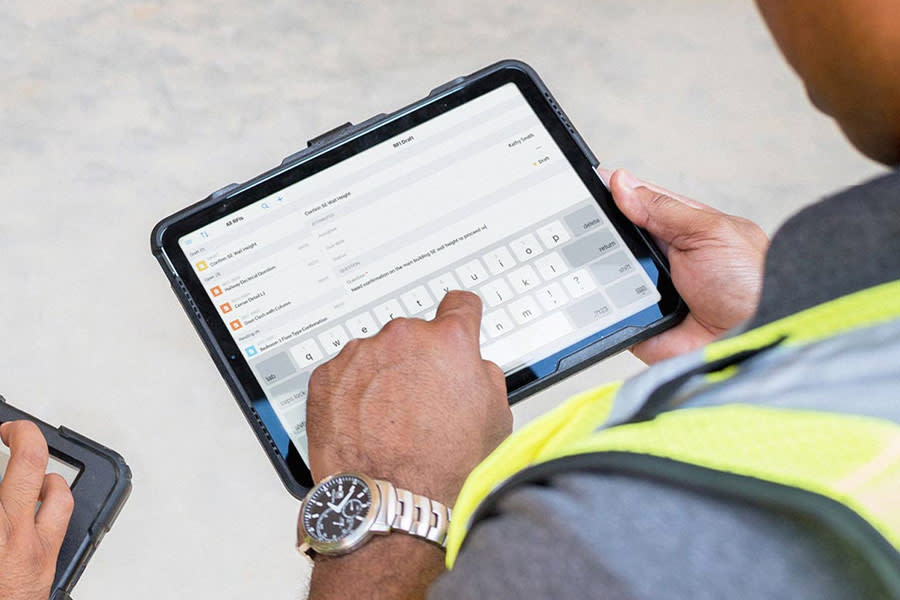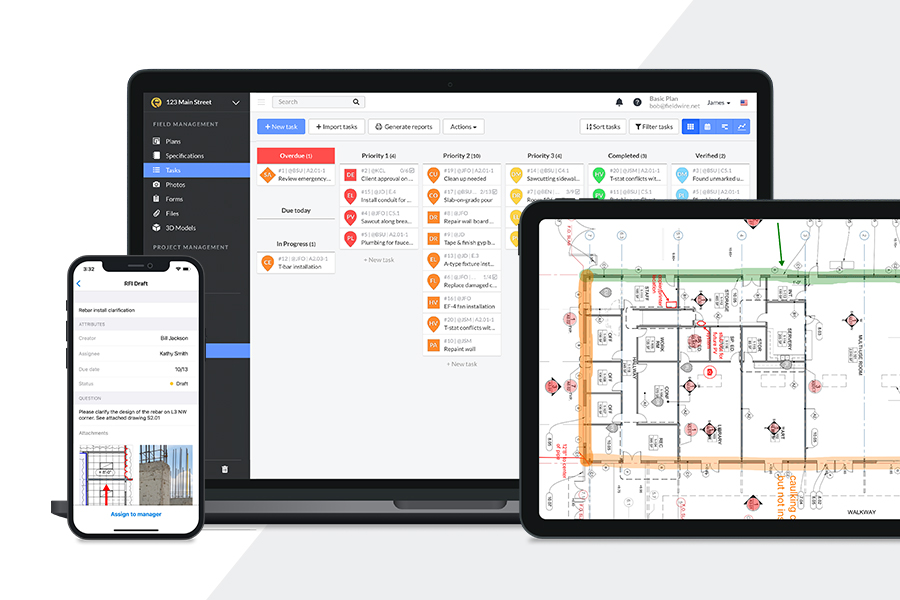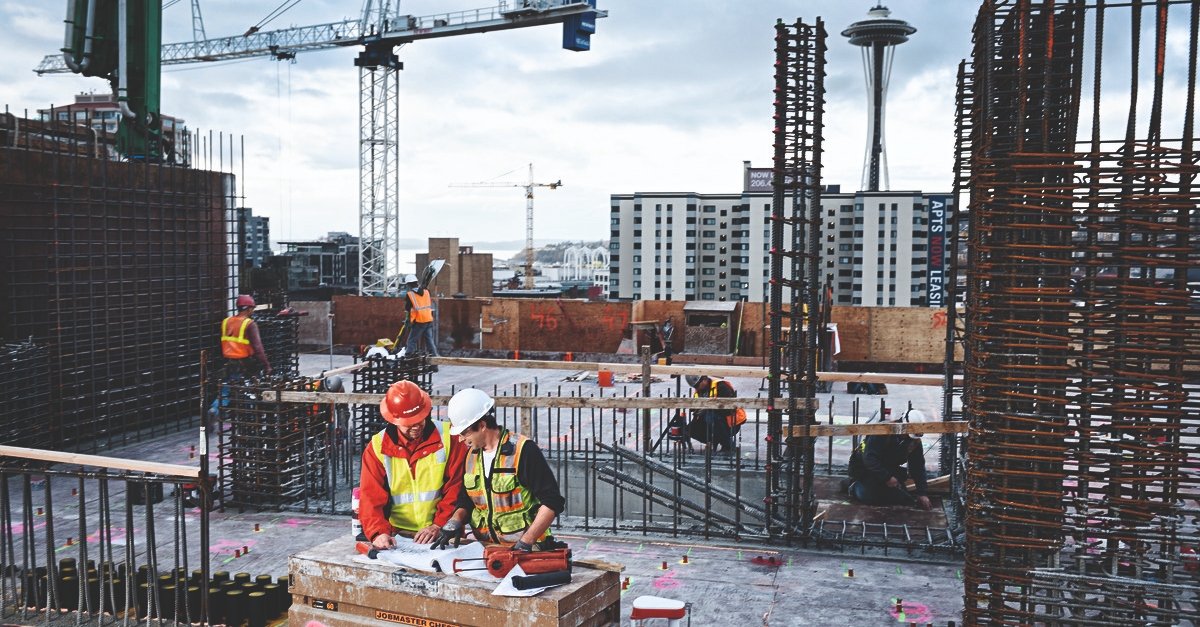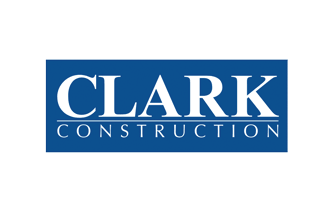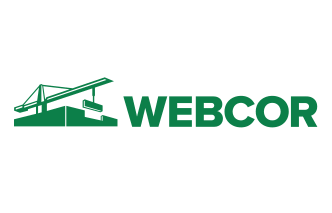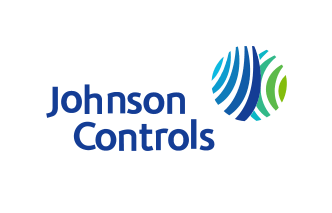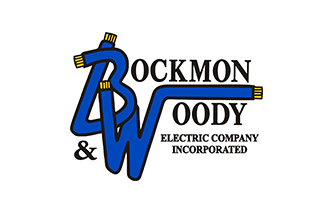What is construction management software and how can it improve efficiency on the jobsite?
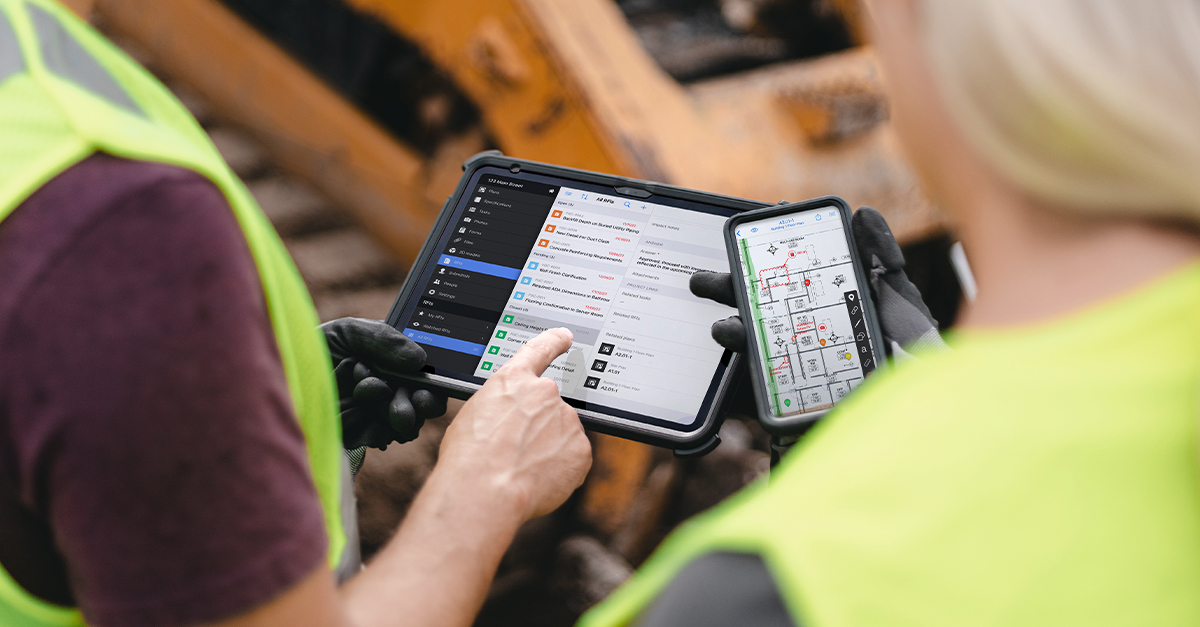
In a busy working environment like construction, paperwork can pile up quickly for every project — drawings, permits, RFIs, change orders, safety reports, and inspection checklists, just to name a few. When this information is scattered across emails or physical binders, it’s easy for something crucial to go missing or not make it to the right team on time.
For instance, imagine a subcontractor pouring concrete based on an outdated version of the structural plans because they never received the revised drawings. That single miscommunication could lead to a structural error requiring jackhammering and repouring, costing tens of thousands of dollars and several days of delay.
Even something as routine as scheduling teams can create bottlenecks. If two different project managers unknowingly schedule the same drywall crew to work on separate sites at the same time, only one of those jobs will get staffed, while the other sits idle.
To avoid these preventable conflicts, more construction teams are turning to smarter, more connected ways of managing projects. Communication issues remain one of the industry's biggest obstacles: 59% of construction owners report frequent breakdowns with project team members, which can lead to costly delays, rework, and disputes.
This growing pressure has made digital tools not just helpful, but essential. Construction management software centralizes all project information, giving teams in both the field and the office real-time access to the latest documents, tasks, and updated plans to help everyone stay aligned.

What is construction management software?
The purpose of construction management software (CMS) is to provide teams with a centralized platform where all the project information can be easily accessed, and information can be shared in real-time. Imagine having an app on your phone that combines all the tools you need to coordinate work: a messaging app, a calendar with all the teams’ tasks, a blueprint and BIM viewer, cloud storage for your documents, and more. Getting the information you need while working in the field becomes a matter of just a few clicks.
For the office teams, sharing real-time updates with the field is easier with construction management software. Instead of filling out different spreadsheets, sending emails to several stakeholders, and waiting hours (or days) for an answer, they can simply update the documents on the CMS and have them available to everyone in seconds.
More than just a general project management tool, good CMS are designed with the field teams in mind: they allow teams to link tasks and RFIs to plans, use BIM on the jobsite, and quickly create reports on mobile devices. Additionally, having offline access allows teams to view project information even when working in tunnels, underground or heavy steel structures, or other areas with poor connectivity or signal interference.
When paperwork is one of the main reasons for the low productivity rates of the construction industry, digitizing processes with construction management software is key to increase efficiency and ensure long-term growth. This is why we’ve seen a steady rise in the use of digital tools over the past few years, with construction companies showing more and more confidence on the benefits of construction management software for productivity.
Who uses construction software (and why)
With so many teams working together on a project, a digital tool should be able to meet the needs of different roles. The best construction management software should be built for the field, while also allowing project managers to coordinate efficiently from the office or jobsite trailer. Here is how different team members benefit from using CMS.
Subcontractors
The subcontractor is specialized in a specific construction or building trade, such as electrical or plumbing. They are contract workers who are hired by the general contractor on the project.
| Everyday challenges | Construction software solutions |
|---|---|
| Coordinating work and requirements | All work in one central place |
| Communicating issues externally | Process and safety via templatized forms |
| Showing progress on work | Communication across desktop and mobile |
| Managing consistent and efficient teams | Showcase completed work with photos |
General contractors
The general contractor is the main contractor for the building construction. Their main responsibility is the oversight of the project as they manage subcontractors, handle scheduling and monitor the budget.
| Everyday challenges | Construction software solutions |
|---|---|
| Keeping the project on track | All work in one central place |
| Communicating with multiple parties | Maintain a source of truth for plans and documents |
| Showing progress on work | Manage and keep subs on track |
| Managing consistent and efficient teams | Scalable process and increased safety on the jobsite |
Inspectors
The inspector monitors all work carried out on a construction site to ensure safety and quality standards are upheld. They make sure that building plans and specifications are being followed and managed correctly.
| Everyday challenges | Construction software solutions |
|---|---|
| Managing own team during inspections | Compliance and safety via templatized forms |
| Sharing inspection results with multiple parties | Send photos and notes with actionable next steps |
| Ensuring compliance and safety | Easy access to all parties on the jobsite |
| Communicating issues externally |
Owners
The owner defines the scope of the project, creates the budget, and provides the funding for the project. The owner oversees the general contractor that is hired to manage the project.
| Everyday challenges | Construction software solutions |
|---|---|
| Visibility and control of the project | Project visibility of progress and issues |
| Communicating with multiple parties | Create process and stay on budget |
| Maintaining compliance | Easy access to all parties on the jobsite |
| Keeping the budget on track |
Architects
The architect is hired by the owner to perform all phases of architectural work including new building designs, extensions, alterations, restorations and conservations from the early stages to completion.
| Everyday challenges | Construction software solutions |
|---|---|
| Communicating with multiple parties | Automatic sharing of new plans with all users |
| Sharing and communicating updated plans | Scalable process for onsite visits |
| Maintaining quality and requirements | Communication with context directly on plans |
| Providing input and coordination on plans |
Core features of construction management software

Scheduling and task management
These tools allow construction teams to streamline workflows, increase accountability, and identify potential delays before they impact the schedule.
- Task assignment with deadlines
- Gantt charts and calendar views
- Notifications and progress tracking
- Integration with calendars from external apps

Document management
With a centralized platform for drawings, 3D models, specifications, RFIs, submittals, and reports, you can have access to all your project’s information in seconds, wherever you are.
- Plan viewing and version control
- As-built drawings
- 3D model viewer
- Photo, video and file storage
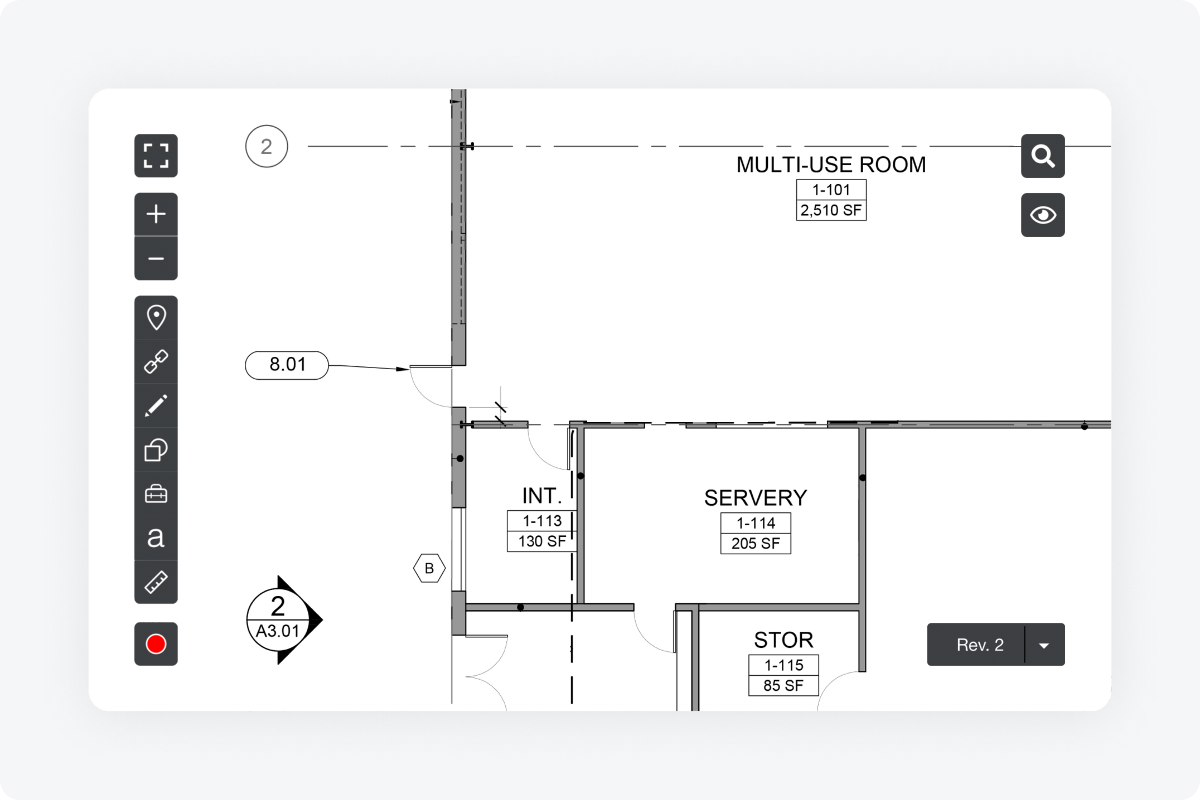
Communication and collaboration tools
Instead of looking through emails or going to another messaging app, using the communication tools available in construction management software allows you to provide context with photos, documents and blueprints.
- In-app messaging
- Real-time notifications
- Plan markups and annotations
- Daily logs and field reports

Inspections and punch lists
These features help standardize processes, which in turn will make you conduct more efficient walkthroughs and reach closeout faster.
- Pre-loaded checklists and templates
- Customizable forms
- QA & QC checklists
- Inspection and punch list reports including photos and videos

Budgeting
Managing your project’s budget and change orders on the same platform makes it easier to spot potential overruns.
- Budget tracking (planned vs. actual)
- Change order tracking and approval workflows

Project management
Construction software consolidates all your project documents in one place, helping you save time and improve accountability.
A day on the jobsite using construction management software
6:00 AM: The superintendent uses the construction management app on their tablet to check for overnight updates and review the daily schedule.
6:30 AM: During the daily briefing, everyone sees their assignments for the day in the app.
9:00 AM: A field engineer notices a mismatch between the plan and an existing wall. They use the mobile app to submit an RFI with a photo and a quick description, and it’s automatically sent to the project architect.
11:00 AM: One of the plans is updated by an architect. They upload the new blueprint to the construction management software, and everyone in the field gets instant access to it.
1:00 PM: In the office, the project manager sees the field engineer’s RFI on his desktop app. They prepare a change order directly in the construction management software, attach the architect’s response, and send it for approval.
2:30 PM: A subcontractor uploads site photos showing progress, and the stakeholders involved in the task are instantly notified of the update.
3:30 PM: The superintendent fills out the daily log on his tablet before heading home.
5:00 PM: The app auto-generates a daily summary for stakeholders: tasks completed, delays, weather notes, RFIs, and progress photos. Everyone stays aligned on the project’s progress.

Benefits of construction software
One of the primary benefits of construction software is the ability to improve productivity. A field management app like Fieldwire can save construction teams up to 1 hour per worker per day. Increasing productivity is critical in a time where the construction industry is facing tight labor markets, so companies can deliver projects with the same or fewer people per project, according to McKinsey. Construction management software helps teams get more done in less time in different ways:
Short-term benefits
- Improved response time with real-time communication
- Time savings generating reports, accessing documents
- Faster, data-based decisions
- Reduced admin workload
- Improved accountability
- Optimized scheduling and resource planning
- Reduced printing costs
Long-term benefits
- Reduced rework due to improved communication
- Stronger collaboration between office and field teams
- Process standardization across projects
- Conflict prevention between project stakeholders
- Trend analysis and smarter planning through insights from past projects
- Competitive advantage through digital maturity
What to look for in a construction management app
Jobsite management apps can feel like a big change to construction teams used to paper and phone calls. Choosing the right software can help both field crews and office staff quickly see the value of the tool, therefore being less resistant to adopting new processes and workflows. Here is what to look for when choosing construction management software for your company:
-
Ease of use: User-friendly software helps to shorten the learning curve, especially if your teams lack digital expertise. Having both mobile and desktop access with intuitive interfaces help speed up onboarding.
-
Free trial or pilot program: Before rolling it out company-wide, test the software with a small team or project first to demonstrate its value.
-
Features that matter: Make sure the CMS has the basic features your teams need day to day, such as a reliable plan viewer, effective task management tools, and real-time communication capabilities. Some tools can include more specific features like RFI and change orders management, custom forms, and BIM viewer, so you can have all your project’s documents in one single platform.
-
Integration with external apps: If you’re using other software to store project data, you need a CMS that allows for integrations, so you can get all your construction project’s information automatically synched between apps.
-
Training and support: Verify that the software company offers onboarding training and continuous support so your teams can get the help they need and make the most out of the platform.
How Fieldwire stands out
Fieldwire is a construction management software focused on the field. Fieldwire’s solution engineers all come from the construction industry, so they understand firsthand what field teams need to work more efficiently, while also meeting the expectations of C-level executives.
- Easy to use: Fast onboarding with an intuitive platform
- Powerful: Works seamlessly at any scale
- Rapid time to value: Fully set up in a week
- Mobile-first: Fast and lightweight, perfect for jobsite teams
- Offline access: Use it even with poor or no connectivity
Because it is robust and customizable at the same time, Fieldwire is a powerful solution both for small teams or companies who work on big projects. One of the biggest advantages of Fieldwire it’s its scalability: companies can start using the app on one project, and then expand as they need. Fieldwire offers four plans with transparent pricing, from the free Basic plan to Business Plus, giving construction teams flexibility to scale their tools as their projects grow in complexity.

Fieldwire is intuitive and easy to use, making adoption quick among different teams. As a result, its benefits become apparent early on, especially when it comes to time savings. Fieldwire users report saving up to 1h per workday.
Why construction management software is essential for your teams
As the industry evolves, the return on investment for construction technology becomes more clear. Construction management software can help contractors, owners and architects reduce rework, improve communication, and deliver projects faster while maintaining high quality. More and more teams are adopting digital tools to stay competitive, accelerate growth, and face future challenges head-on. What would your next project look like with less chaos?


